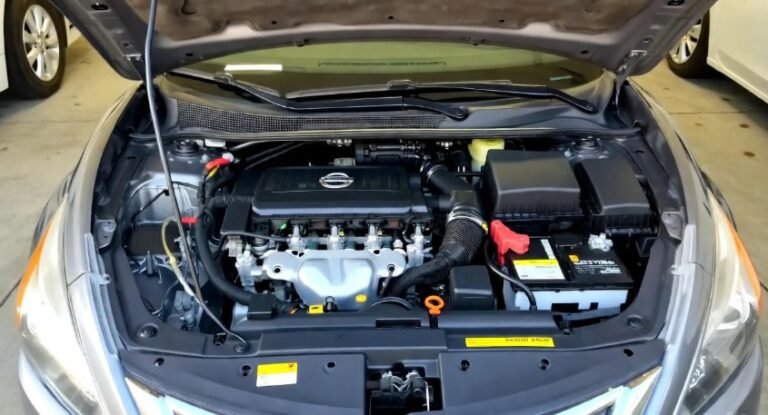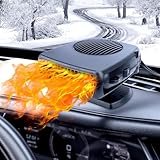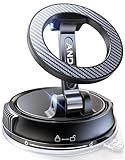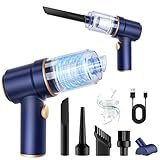The Ultimate Guide to Different Types of Rear View Mirrors for Your Car
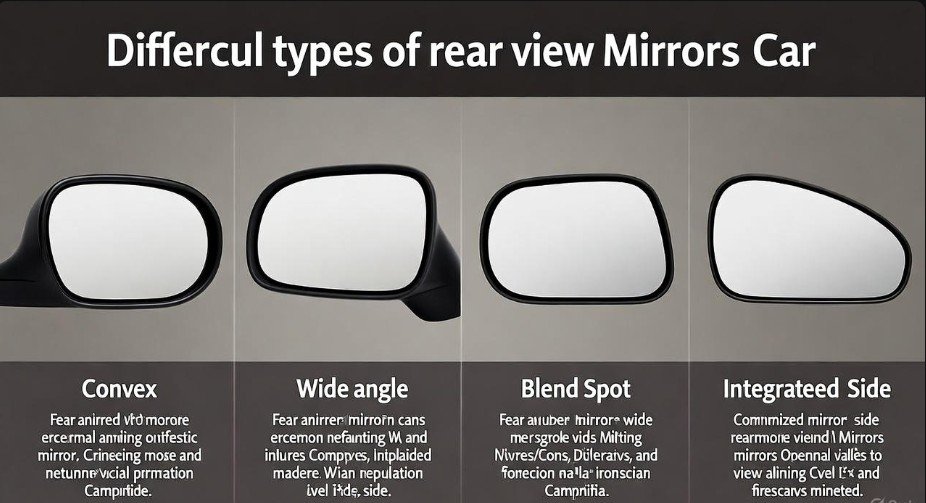
Driving is a blend of adventure, responsibility, and constant attention. Among all the essential tools that make driving safer, the rear view mirror often goes unnoticed until you really need it. Imagine cruising down a busy highway and suddenly noticing traffic building up behind you—without a proper rear view mirror, you’d be blind to what’s happening. From anti-glare mirrors to smart digital mirrors, there’s a vast range of options available to enhance visibility, safety, and even style. In this ultimate guide, we’ll explore the different types of rear view mirrors, how to pick the right one, and the best ways to maintain it.
Why a Rear View Mirror Is Non-Negotiable
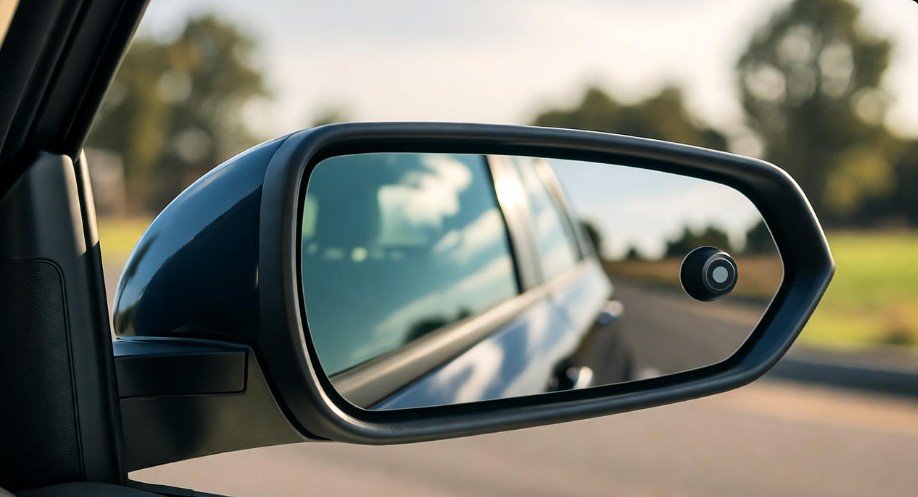
The rear view mirror isn’t just a convenience—it’s a critical safety feature. It allows drivers to monitor traffic, detect hazards, and make safer decisions on the road. Without it, drivers would have to constantly twist their heads to see behind them, which is not only tiring but dangerous.
Think of it like having eyes on the back of your head. Whether you’re changing lanes, reversing into a tight parking space, or merging onto a highway, the rear view mirror is your silent co-pilot.
Some key benefits include:
-
Increased situational awareness – See approaching vehicles, cyclists, or pedestrians behind you.
-
Enhanced driving comfort – Reduce neck strain by checking the mirror instead of constantly turning your head.
-
Safer night driving – Certain mirrors reduce glare from headlights, preventing temporary blindness.
In short, investing in a quality rear view mirror is an investment in your safety and peace of mind.
Types of Rear View Mirrors: A Comprehensive Overview
There’s more to rear view mirrors than meets the eye. The modern market offers a wide range of mirrors designed for different driving conditions, vehicle types, and personal preferences. Let’s break them down.
1. Anti-Glare Rear View Mirrors
Driving at night can be challenging, especially when oncoming vehicles have bright headlights. Anti-glare mirrors are designed to reduce the reflection of intense light, making night driving safer and less stressful. Some mirrors feature manual dimming, where you flip a tab to reduce glare, while others come with auto-dimming sensors that adjust brightness automatically based on ambient light.
Why it matters: Imagine driving on a highway at 11 PM. Without an anti-glare mirror, the lights from trucks behind you could momentarily blind you. With the right mirror, you maintain clear vision and reduce eye strain significantly.
2. Anti-Fog Film Rear View Mirrors
For drivers in humid or rainy climates, fogged-up mirrors are a real problem. Anti-fog film mirrors come with a special coating that prevents condensation from forming. These mirrors ensure that even during rainy mornings or humid afternoons, your visibility remains crystal clear.
Practical tip: Pair anti-fog mirrors with regular cleaning for maximum clarity. Even the best film can’t combat accumulated dust or grime, so wipe gently with a microfiber cloth for the best results.
3. Blind Spot Rear View Mirrors
No mirror setup is complete without addressing blind spots. Blind spot mirrors are small additional mirrors mounted on the corners of the standard rear view mirror. They provide an expanded field of vision, helping drivers detect vehicles that would otherwise remain hidden.
Pro tip: These mirrors are invaluable when changing lanes on busy roads. They’re also ideal for drivers of larger vehicles like SUVs or vans, where standard mirrors might not cover every angle.
4. Rosary and Religious Rear View Mirrors
Some drivers prefer a spiritual touch in their car. Rosary rear view mirrors or other religious objects serve not only as a personal statement but also as a symbol of protection while driving. Hanging a rosary, cross, or charm can add emotional comfort, reminding drivers to stay calm and focused.
Cultural insight: Across many countries, rear view mirrors often carry charms or tokens—be it for protection, good luck, or personal identity. While this doesn’t enhance visibility, it can improve the driving experience psychologically.
5. Bluetooth Hands-Free Kit Rear View Mirrors
Safety isn’t only about vision—it’s also about distraction-free driving. Bluetooth-enabled rear view mirrors let drivers make calls without taking their hands off the wheel. These mirrors include built-in speakers, microphones, and sometimes buttons for call management.
Why it’s a game-changer: Hands-free technology reduces the temptation to pick up your phone, keeping your focus on the road. Modern versions often integrate with voice assistants, so you can navigate, call, or even dictate messages safely.
6. Auto-Dimming Rear View Mirrors
Auto-dimming mirrors take anti-glare technology to the next level. Equipped with sensors, these mirrors automatically adjust brightness based on the light behind the car. Whether you’re driving into the sunrise or dealing with a fleet of truck headlights at night, auto-dimming mirrors maintain a comfortable reflection for your eyes.
Bonus tip: Many luxury cars now combine auto-dimming mirrors with digital displays, showing navigation or camera feeds without sacrificing glare reduction.
7. Smart Rear View Mirrors
Imagine a mirror that’s more than a mirror. Smart rear view mirrors are equipped with features like GPS, integrated cameras, and multimedia capabilities. They can display real-time traffic updates, reverse camera feeds, and even route guidance.
Why you might love it: A smart mirror turns your traditional rear view into a multifunctional dashboard tool. Some models even integrate with your smartphone, providing notifications discreetly while keeping your hands on the wheel.
8. Anti-Reflective and Dimming Rear View Mirrors
While similar to anti-glare models, anti-reflective mirrors reduce light scattering, giving a clearer and sharper reflection. Dimming mirrors, whether manual or automatic, give drivers control over the mirror’s brightness, offering flexibility for different conditions.
Pro tip: Manual dimming is still effective for older cars, but auto-dimming mirrors save you the trouble of constantly adjusting during long drives.
9. Universal and Suction Rear View Mirrors
Universal mirrors are designed to fit almost any vehicle, making them an easy upgrade for older cars or rental vehicles. Suction mirrors are convenient for temporary use—they attach to the windshield via suction cups and can be removed easily.
Use case: If you drive multiple vehicles or rent frequently, these mirrors offer versatility without permanent installation hassles.
Table: Comparison of Common Rear View Mirrors
| Type | Key Feature | Best For | Pros | Cons |
|---|---|---|---|---|
| Anti-Glare | Reduces headlight glare | Night driving | Reduces eye strain | Limited effect in extreme glare |
| Anti-Fog Film | Prevents fogging | Humid climates | Clear visibility in rain | Needs cleaning for best effect |
| Blind Spot | Expands field of view | Lane changes | Reduces accidents | Can be small and hard to see |
| Bluetooth Hands-Free | Built-in speaker & mic | Hands-free calls | Safer communication | Can be expensive |
| Smart Rear View | GPS, camera, multimedia | Tech-savvy drivers | Multifunctional | Higher price, complex setup |
| Universal | Fits most vehicles | Rentals, older cars | Easy installation | May not match interior perfectly |
10. Stick-On and Tab Rear View Mirrors
For an affordable solution, stick-on mirrors attach to your existing side or rear mirrors, improving visibility for reversing or tight spaces. Tab mirrors are small add-ons clipped to corners of standard mirrors to help with blind spots.
Practical tip: These are excellent for city drivers navigating narrow streets or parking lots. They’re budget-friendly and easy to install without professional help.
11. Custom and Compass Rear View Mirrors
For enthusiasts, custom mirrors can match the car’s aesthetics and include specific features. Some mirrors even incorporate a built-in compass, providing directional guidance during road trips or off-road adventures.
Fun insight: Compass mirrors are not only functional but also give your dashboard a rugged, adventurous look—perfect for SUV or 4×4 owners.
12. Mirrors for Cars Without One & Water Membrane Mirrors
Some classic cars or specialty vehicles don’t come with factory-installed rear view mirrors. In these cases, aftermarket mirrors that attach to the windshield or dashboard are ideal. Meanwhile, water membrane mirrors prevent water accumulation during rainy weather, ensuring constant clarity.
Pro tip: Combining water-resistant and anti-fog features can make a mirror almost indestructible against bad weather.
13. Flags, Crosses, and Crystal Car Charms
Adding personal or cultural touches to your rear view mirror has become a popular trend worldwide. Many drivers hang flags to represent their country or hometown pride. Others prefer religious symbols such as crosses or rosaries for protection and blessings while driving. Crystal car charms add a decorative flair, catching sunlight beautifully and giving the interior a stylish look.
While these items are primarily decorative, they also serve as gentle reminders to stay mindful and careful on the road. A small charm dangling in your peripheral vision can subconsciously encourage safe driving. Just ensure that any hanging objects don’t obstruct your main field of vision, as safety should always come first.
14. Extra, LED, and Digital Rear View Mirrors
For tech-savvy drivers, mirrors have evolved far beyond reflection. Extra rear view mirrors attach to side mirrors or windshields, improving visibility when reversing or navigating tight spaces. LED rear view mirrors feature built-in lights that illuminate the mirror or surrounding areas for improved night visibility.
Digital rear view mirrors take this innovation further by displaying a live video feed from a rear-mounted camera. This provides a wider, unobstructed view of what’s behind the car, eliminating blind spots caused by passengers, headrests, or cargo. Some digital mirrors integrate GPS or speed display, creating a multifunctional tool that combines visibility, safety, and convenience.
Why it matters: If you regularly drive in urban environments, parking garages, or busy highways, digital and LED mirrors offer a significant safety upgrade.
15. Electric Folding, Stick-On, and Adhesive Rear View Mirrors
Electric folding mirrors are particularly useful for compact spaces. Controlled via a dashboard switch, these mirrors fold automatically when parking, reducing the risk of accidental bumps. Meanwhile, stick-on mirrors are a budget-friendly alternative that can be applied to side mirrors for improved visibility, particularly in tight city streets or during parallel parking.
Adhesive mirrors function similarly but attach to the windshield or dashboard for quick installation. These options are ideal for renters, temporary upgrades, or cars without factory-installed mirrors. Despite their simplicity, these mirrors can dramatically enhance safety by expanding your field of vision without a permanent modification.
16. Rear View Mirror Kits
For a comprehensive solution, rear view mirror kits combine multiple mirrors, including the main rear view mirror and supplemental blind spot or side mirrors. These kits are particularly useful for large vehicles like SUVs, trucks, or vans where standard mirrors may leave blind spots.
Pro tip: When selecting a kit, ensure compatibility with your vehicle and check that the mounting hardware is included. Quality kits often feature adjustable mirrors, allowing drivers to fine-tune angles for optimal coverage.
17. Car Rear View Mirror Covers and Custom Hangers
Protecting your mirror is as important as choosing the right one. Rear view mirror covers safeguard against scratches, sun damage, and accidental bumps. Materials like silicone or neoprene provide durable protection without obstructing your view.
Custom hanger mirrors allow personalization while maintaining function. From luxury leather finishes to colorful designs, custom hangers enhance aesthetics while providing support for any charms, crosses, or decorative objects.
Cultural note: Many drivers enjoy blending style with utility. A custom hanger paired with a crystal charm or small flag can make your driving experience more enjoyable while keeping your mirrors safe.
18. Rear View Mirror Cameras and Reverse Camera Mirrors
A growing trend in automotive safety is integrating cameras with rear view mirrors. Rear view mirror cameras provide live feeds of the area behind your vehicle, particularly useful for reversing. Reverse camera rear view mirrors activate automatically when you shift into reverse, displaying the feed on the mirror or a built-in screen.
Benefits:
-
Clear visibility in low light or blind spots
-
Safer maneuvering in tight spaces
-
Reduced risk of collisions with obstacles or pedestrians
For families or frequent urban drivers, combining traditional mirrors with a camera system can drastically improve confidence and safety.
19. Decorative Rear View Mirrors
Adding decorative elements is more than just aesthetics. Car rear view mirror decorations let you personalize your space and make driving a more pleasant experience. From hanging beads to miniature ornaments, these items can also serve as conversation starters and reflect your personality.
Tip: Ensure that any decoration is lightweight and doesn’t swing excessively. Safety and visibility should always remain the top priority, even when enhancing style.
How to Choose the Right Rear View Mirror for Your Car
With so many options available, selecting the perfect rear view mirror can feel overwhelming. Here are key factors to consider:
-
Your Needs: Are you looking for glare reduction, blind spot coverage, smart features, or decorative elements? Identify your priorities first.
-
Size and Fit: Measure your dashboard or windshield area to ensure the mirror fits without obstructing the driver’s view.
-
Materials and Build: High-quality mirrors often feature durable glass, anti-glare coatings, and sturdy mounts. Invest in long-term reliability.
-
Budget: While premium smart mirrors are expensive, simple anti-glare or adhesive mirrors can be highly effective at a fraction of the cost.
-
Additional Features: Consider if you want built-in GPS, compass, Bluetooth, or cameras for an enhanced driving experience.
Pro tip: A combination of mirrors often works best—such as a main rear view mirror with a blind spot add-on or a digital camera system.
How to Install a Rear View Mirror
Installing a rear view mirror is generally straightforward. Follow these steps for a secure setup:
-
Determine Placement: Most mirrors attach to the windshield near the top center, but placement may vary for custom or suction models.
-
Remove the Old Mirror: If replacing, carefully detach the existing mirror from the windshield or mount.
-
Attach Mounting Hardware: Secure the bracket or base according to manufacturer instructions.
-
Install the New Mirror: Slide or clip the mirror into place. For adhesive mirrors, ensure the surface is clean and dry before attaching.
-
Test and Adjust: Check that the mirror provides a clear view behind the car. Adjust angles for both driver comfort and maximum visibility.
-
Install Additional Mirrors: If using blind spot mirrors or cameras, attach and calibrate these as needed.
Maintenance and Care of Your Rear View Mirror
A rear view mirror is a small investment with big safety returns—but only if maintained properly. Follow these tips:
-
Regular Cleaning: Use a soft microfiber cloth and mild cleaner. Avoid harsh chemicals that may damage coatings.
-
Check Mounting: Ensure brackets and clips are secure. Tighten or replace if loose.
-
Protect from Damage: Avoid bumping the mirror and consider covers in high-risk areas.
-
Replace When Damaged: A cracked or chipped mirror can reduce visibility and compromise safety.
Extra tip: Combine mirror cleaning with your routine car wash to maintain clarity and appearance over time.
Frequently Asked Questions (FAQs)
1. Can I install a rear view mirror myself?
Yes! Most rear view mirrors are designed for DIY installation. Ensure the mounting surface is clean and follow manufacturer instructions for best results.
2. Do all mirrors reduce glare?
Not all. Anti-glare and auto-dimming mirrors specifically target glare, while standard mirrors do not.
3. Are digital rear view mirrors worth the investment?
For frequent city drivers or larger vehicles, digital mirrors offer enhanced visibility and safety, making them a worthwhile upgrade.
4. Can I hang decorative items safely?
Yes, as long as they don’t obstruct your main view or become a distraction. Small charms, flags, or crystals are usually safe.
5. How often should I clean my rear view mirror?
Ideally, every week or whenever dirt and fingerprints reduce clarity. For anti-fog mirrors, combine cleaning with proper humidity management.
6. Can I use a universal mirror for my luxury car?
Yes, universal mirrors fit most vehicles, but the aesthetic and additional features may vary compared to custom options.
7. Do electric folding mirrors work with all vehicles?
No. They are designed for vehicles equipped with electric mirror controls or compatible after-market kits. Check compatibility before purchase.
Conclusion
A rear view mirror is more than a reflective surface—it’s a lifesaver, style statement, and tech tool rolled into one. From simple anti-glare mirrors to smart digital systems, there’s a solution for every driver, vehicle, and preference.
When choosing a mirror, balance function, style, and budget. Combine mirrors with proper installation, maintenance, and optional add-ons like cameras or blind spot mirrors for maximum safety. Remember, a clear view behind you isn’t just convenient—it’s essential for confident, stress-free driving.
Next time you hop in your car, glance at your rear view mirror and think of it as your silent co-pilot, guiding you safely through every twist and turn on the road.

